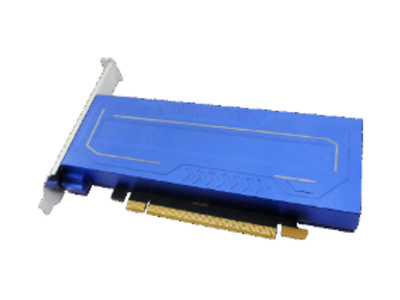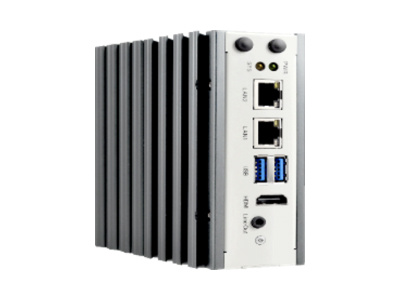Introduction
- Objective
Develop a fall detection system based on the Milk-V Duo 256MB version that analyzes video data captured by cameras to monitor user activity in real-time, identifies fall events, and triggers emergency response measures upon detection of a fall.
- Detailed Task Description
1. Fall Recognition Algorithm Development:
a. Develop a fall recognition algorithm capable of analyzing motion patterns in video streams and accurately identifying falling actions.
b. The algorithm should distinguish falls from other daily activities, such as sitting down or bending over.
2. Real-time Video Stream Processing:
a. Implement a video stream processing module for real-time capture and analysis of video data input from cameras.
b. Ensure the latency of video stream processing is as low as possible to respond quickly to fall events.
3. Emergency Response Mechanism:
a. Design an emergency response system that automatically triggers pre-set emergency measures once the fall recognition algorithm confirms a fall.
b. Emergency measures include sending fall alerts to pre-set contacts or directly contacting emergency services through an integrated communication module.
4. User Interface and Interaction:
a. Design a user interface that displays the real-time video stream and fall detection status.
b. Provide a settings interface to allow users to configure emergency contact information, etc.
- Performance Requirements
- The accuracy rate of the fall recognition algorithm should be no less than 95%, with a false positive rate below 5%.
- The system should trigger an emergency response within 5 seconds after detecting a fall.
- Support video input and processing of at least 720p resolution.
- Memory Usage: Optimize memory allocation while ensuring the efficiency of video processing and fall recognition algorithm, to not exceed the 256MB memory limit.
- Acceptance Criteria
- The fall recognition algorithm runs stably on the Milk-V Duo and can accurately identify falling actions.
- The real-time video stream processing module can smoothly handle video streams, ensuring the timeliness of fall detection.
- The emergency response system triggers rapidly after a fall event, with accurate and error-free message transmission.
- Functionality Testing: The system should pass at least 100 simulated fall tests to ensure stability and accuracy.
- The submitted project should include complete source code, documentation, and necessary resource files for subsequent maintenance and optimization.
By completing this task, developers will be able to demonstrate the application potential of the Milk-V Duo in real-time video analysis, providing users with an innovative fall monitoring solution, especially beneficial for the elderly and those who require special care. This will help to enhance user safety and respond promptly to emergencies.


















































